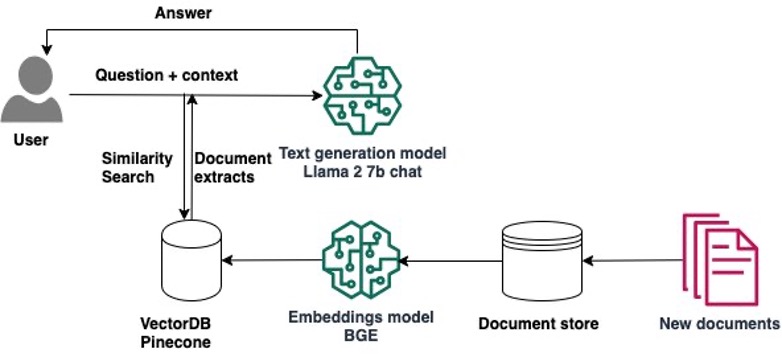In this article, I will discuss why I am adding Spotify (NYSE:SPOT) to my watchlist but not buying yet.
Q3 results Premium Segment
Spotify’s premium revenue grew 9.8% in the quarter, continuing the trend of slowing growth over the past 4 quarters. Subscriber growth remained strong at 15.9%, driven by international subscriber additions. In Q4, Spotify expects to add 9 million subscribers, resulting in a growth rate of 14.9%. ARPU declined 6% in the quarter, but the decline decreased only 1% when accounting for constant currency. The decline in ARPU is due to the growth of international subscribers, which generally have cheaper premium offerings. Pricing increases implemented at the end of Q3 across 75% of premium subscribers have partially offset this. I expect the full benefit of these pricing increases to be seen in Q4 with a mid-single digit percentage increase in ARPU.
AD supported revenue
Spotify’s ad-supported revenue accelerated in the quarter to 16.1%, up from 12% growth last quarter. The growth was driven by 20% growth in music revenue and “healthy double-digit” revenue growth in podcasts. MAU growth grew rapidly at 32%, slightly lower than last quarter’s historic 34% but significantly ahead of the historical average of 25%. In Q4, Spotify expects to reach 366M MAUs, representing a 24% growth rate. However, this is a significant slowdown compared to previous quarters. ARPU declined by 16.1%, a slight improvement from last quarter’s negative 21.8%. Overall revenue grew 10.6% in the quarter, driven by the slowing premium segment. Spotify will need to reaccelerate revenue growth in the premium segment to meet their 20% growth target.
The opportunity
Spotify aims to reach 1 billion users by 2030, requiring users to grow by just over 10% annually. Historically, Spotify has been growing users by 26%, but this growth rate has slowed to the high teens percentage rate in recent years. However, user growth has accelerated in recent quarters due to international expansion. Most of the new user growth will come from international markets, which will have a negative effect on ARPU. Spotify has the opportunity to continue raising prices over time, as competitors have done. Spotify provides better value by offering multiple types of audio format within one app. Spotify recently launched its Audiobook offering and believes this market is worth $70B. Spotify expects audiobooks to have the potential to reach 40%+ gross margins over time.
Margins
Spotify is targeting a near-term gross margin of 30%, with the belief that longer-term margins of 35%+ are achievable. In Q3 2023, Spotify recorded gross margins of 26.4%. Premium gross margins increased to 29.1% and ad gross margins grew to 8.3%. Spotify will need to effectively grow the marketplace business to achieve 30%+ music margins and expand ad monetization to achieve higher margins.
Overall, these growth drivers and many more lead me to believe that Spotify’s 20% revenue growth target is achievable. However, margins are the most important part of the investment thesis, and I am currently on the sideline due to concerns about achieving target margins.





















